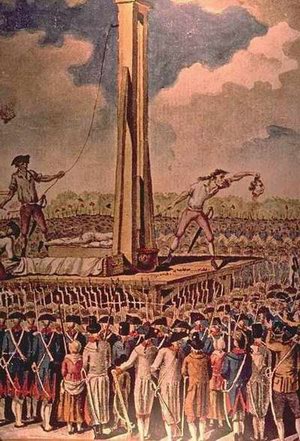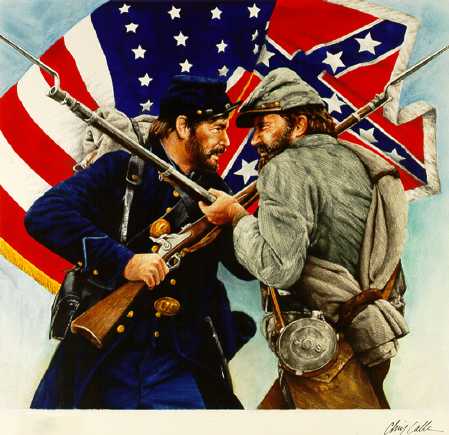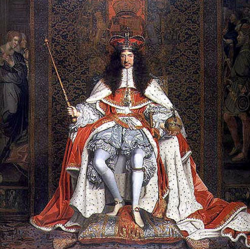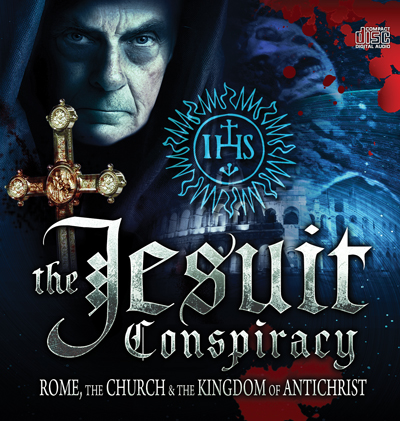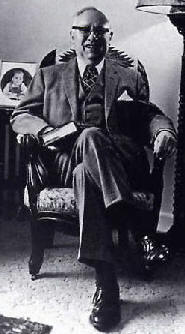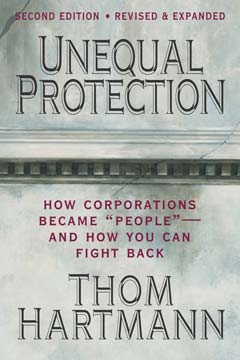.jpg) Some of my white nationalist friends are under a delusion that Norse Mythology is exclusively the religion of the white man. This religion is portrayed as the great alternative to “worshiping a Jew on a stick.” However, I maintain that Odinism is another knock off or extension of the story of Noah. The arguments that Faber gave in his Origin of Pagan Idolatry, Vol. 2, for the Semitic and Asiatic Origins of Odinism are as follows:
Some of my white nationalist friends are under a delusion that Norse Mythology is exclusively the religion of the white man. This religion is portrayed as the great alternative to “worshiping a Jew on a stick.” However, I maintain that Odinism is another knock off or extension of the story of Noah. The arguments that Faber gave in his Origin of Pagan Idolatry, Vol. 2, for the Semitic and Asiatic Origins of Odinism are as follows:
1. The Worship of Woden was brought to the Europeans by a group of Asians. (pg. 354-From the first Chapters of Gylfaginning)
Norse Mythology: A Guide to Gods, Heroes, Rituals, and Beliefs by John Lindow agrees,
“The story goes on, however, to the destruction and rebirth of the cosmos, and everything in it is presented in light of an enduring struggle between two groups of beings, the gods on the one hand and giants on the other hand. These terms are to some extent misleading: Although the group that creates and orders the cosmos is often referred to by words that can best be translated ‘gods,’ the principal word, ‘aesir,’ is explicitly presented by the most important medieval interpreter, Snorri Sturluson, as meaning ‘People of Asia,” and indeed the word often has the feel in mythological texts of an extended kin group or tribe rather than of a collective of deities.” (pg. 1)
Central Asia is the home of the most important location in all of Buddhist and Hindu Cosmology, being the mythological Mount Meru, which many scholars have identified to be Pamirs.[1] Thus, the Woden that was introduced to our European ancestors must have been Buddha.
2. The history of scholarly Philological connection between Woden and Buddha was spelled out in detail in The British Discovery of Buddhism By Philip C. Almond (Cambridge: Cambridge University Press, 1988) 57-60.
I have already described how Buddhist and Hindu philosophy came out of Noah’s story.[2]
3. The great patriarch Borr, bore three sons just as Noah bore three sons at the time of the great flood.
Gylfaginning,
“VI. Then said Gangleri: “Where dwelt Ymir, or wherein did he find sustenance?” Hárr answered: “Straightway after the rime dripped, there sprang from it the cow called Audumla; four streams of milk ran from her udders, and she nourished Ymir.” Then asked Gangleri: “Wherewithal was the cow nourished?” And Hárr made answer:
“She licked the ice-blocks, which were salty; and the first day that she licked the blocks, there came forth from the blocks in the evening a man’s hair; the second day, a man’s head; the third day the whole man was there. He is named Búri: he was fair of feature, great and mighty. He begat a son called Borr, who wedded the woman named Bestla, daughter of Bölthorn the giant; and they had three sons: one was Odin, the second Vili, the third Vé.” And this is my belief, that he, Odin, with his brothers, must be ruler of heaven and earth; we hold that he must be so called; so is that man called whom we know to be mightiest and most worthy of honor, and ye do well to let him be so called.”
VII. Then said Gangleri: “What covenant was between them, or which was the stronger?” And Hárr answered: “The sons of Borr slew Ymir the giant; lo, where he fell there gushed forth so much blood out of his wounds that with it they drowned all the race of the Rime-Giants, save that one, whom giants call Bergelmir, escaped with his household; he went upon his ship, and his wife with him, and they were safe there. And from them are come the races of the Rime-Giants, as is said here:
Untold ages | ere earth was shapen,
Then was Bergelmir born;
That first I recall, | how the famous wise giant
On the deck of the ship was laid down.”
4. The Odinist tradition has similar reverence for the sacred cow as the Asiastic Mythology:
Gylfaginning
“VI. Then said Gangleri: “Where dwelt Ymir, or wherein did he find sustenance?” Hárr answered: “Straightway after the rime dripped, there sprang from it the cow called Audumla; four streams of milk ran from her udders, and she nourished Ymir.” Then asked Gangleri: “Wherewithal was the cow nourished?” And Hárr made answer:”
Asian Mythologies, ed. Yves Bonnefoy (Chicago: The University of Chicago Press, 1991, 1993), 99:
“it is common to find the function of the Brahman associated either with the cow or with milk.”
5. Both Buddha and Woden are depicted with their white horse. In Buddhism the horse is Kanthaka. In Norse Mythology the white horse is Sleipnir.
6. The fourth day of the week is named after Woden in Gothic Cultures and Buddha in Indian Cultures.
http://en.wikipedia.org/wiki/Names_of_the_days_of_the_week#Indian_astrology
[1] https://www.princeton.edu/~achaney/tmve/wiki100k/docs/Mount_Meru_(mythology).html
[2] https://www.youtube.com/watch?v=5xPO9-l16lE; http://drakeshelton.com/2014/05/25/how-pagan-philosophy-began/



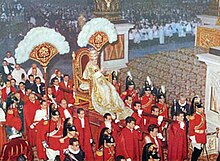
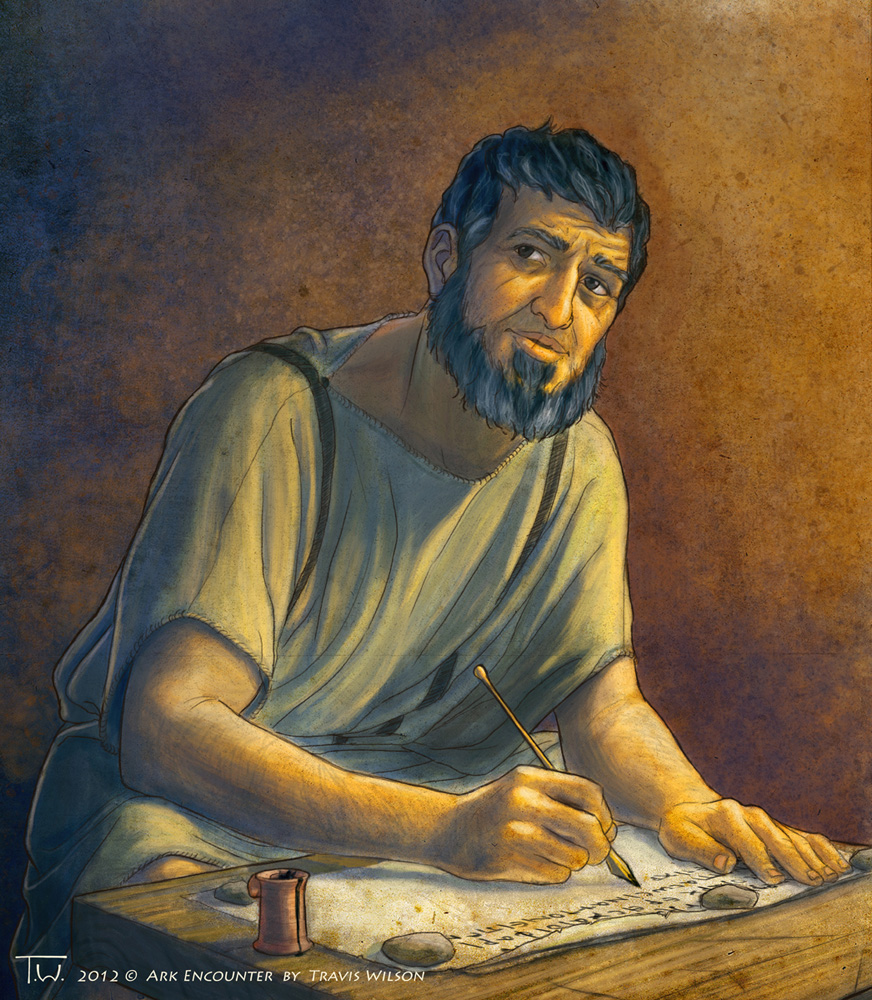
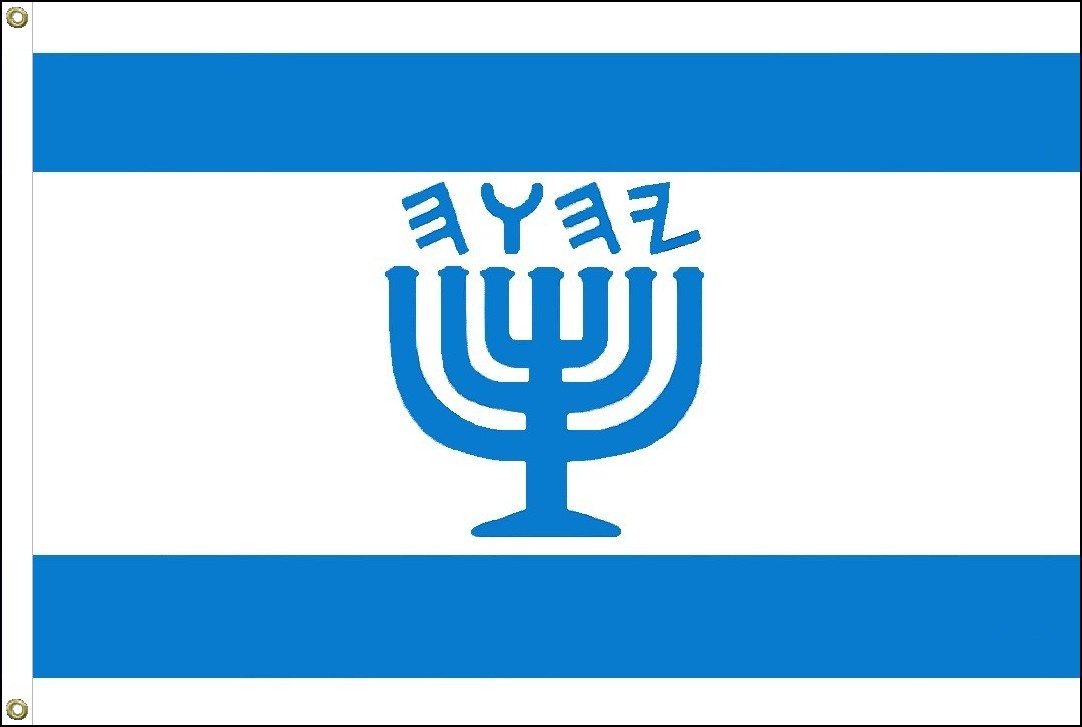

-1-.jpg)

